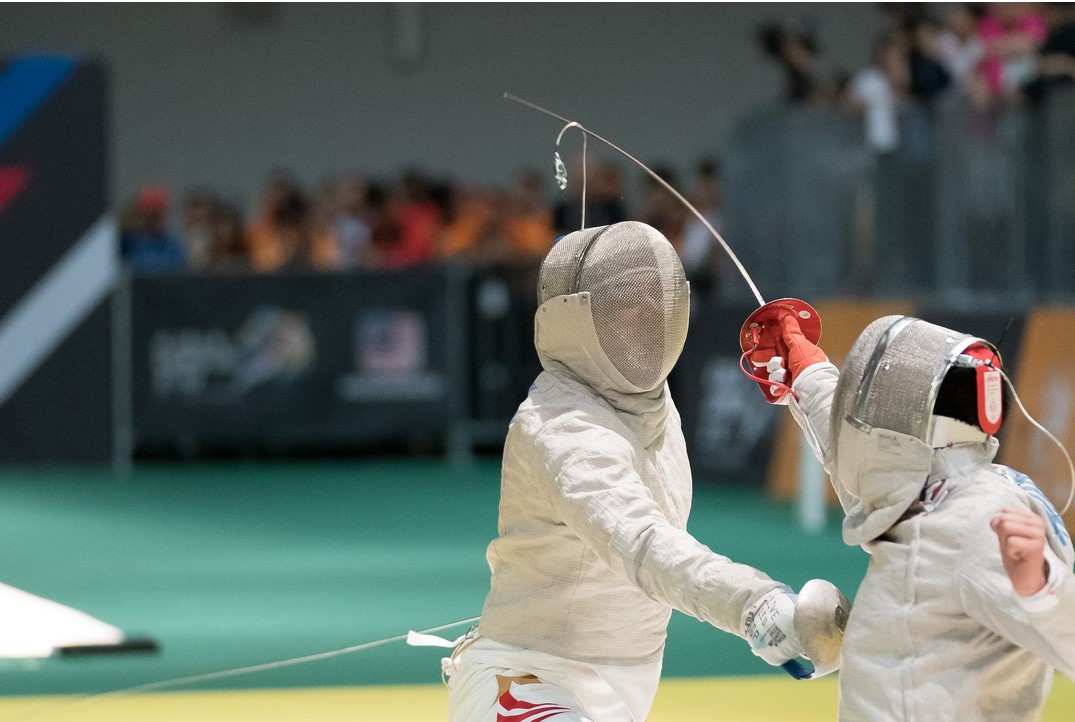Fencing is an elegant and dynamic sport that combines athleticism, strategy, and precision. While the primary objective is to score points by striking an opponent with the blade of a weapon, the art of disarming in fencing adds an intriguing layer to the sport. Disarming techniques, as the name suggests, involve disarming an opponent by seizing their weapon or rendering it ineffective. In this article, we will delve into the world of disarming techniques in fencing, exploring their history, execution, and strategic importance.
The Evolution of Disarming Techniques
The art of disarming in fencing has a rich history that spans several centuries. Originating from the dueling traditions of Europe, disarming techniques have been refined and incorporated into modern fencing. Historical records indicate that disarming maneuvers were employed in various forms of swordplay, including the rapier and smallsword styles, during the 16th and 17th centuries.
During this period, fencing masters recognized the strategic advantage of disarming an opponent, as it not only neutralized their offensive capabilities but also placed them in a vulnerable position. By the 18th century, treatises on fencing began to include detailed instructions on disarming techniques, emphasizing the importance of timing, precision, and control.
Execution of Disarming Techniques
Disarming techniques in fencing require a combination of technical skill, agility, and tactical awareness. While there are numerous techniques employed in disarming, they can generally be categorized into two main approaches: disarm by blade control and disarm by offensive action.
Disarm by Blade Control
This approach involves gaining control over the opponent’s blade through strategic positioning and leverage. Fencers aim to manipulate their opponent’s weapon by deflecting, binding, or immobilizing it. Common techniques include beat disarms, where the fencer strikes the opponent’s blade to redirect its trajectory, and binds, where the fencer entwines their blade with the opponent’s to gain control.
Disarm by Offensive Action
In this approach, fencers seize the opportunity to disarm their opponent while launching an offensive action. This can be achieved by exploiting an opening in the opponent’s defense or by creating a diversion to distract their attention. Examples of disarming techniques under this approach include feint disarms, where the fencer deceives the opponent with a false attack before disarming them, and counter-disarms, where the fencer responds to the opponent’s attack with a disarm of their own.
Table. Disarming Techniques in Fencing
| Technique | Description |
|---|---|
| Bind and Transport | Capturing the opponent’s blade and moving it to a different line of engagement |
| Beat and Pressure | Applying pressure to the opponent’s blade to force them to lose control |
| Deception and Feints | Using feints and deceptive movements to trick the opponent into opening up their guard |
Strategic Importance of Disarming Techniques
Disarming techniques in fencing serve both defensive and offensive purposes, offering fencers a range of strategic advantages. When executed successfully, disarming an opponent not only prevents them from scoring points but also disrupts their rhythm and confidence. It forces the opponent to readjust their tactics, creating an opportunity for the fencer to launch a counterattack or gain a positional advantage.
Furthermore, disarming techniques can be employed as a psychological tool, instilling doubt and uncertainty in the opponent’s mind. The threat of being disarmed encourages opponents to be more cautious and defensive, limiting their offensive capabilities and making them more predictable. This psychological advantage can significantly influence the outcome of a bout.
Training and Application of Disarming Techniques
Mastering disarming techniques in fencing requires consistent training, technical proficiency, and situational awareness. Fencers must develop a deep understanding of blade control, timing, and the nuances of their opponent’s movements. Regular practice drills and sparring sessions help fencers refine their coordination, reflexes, and decision-making abilities.
In the application of disarming techniques, fencers must assess the situation carefully, considering factors such as distance, timing, and the opponent’s tendencies. They must also be mindful of their own safety and avoid unnecessary risks. Disarming techniques should be executed with precision and control to ensure the safety of both fencers.
Thus, disarming techniques add a fascinating dimension to the art of fencing, showcasing the strategic depth and versatility of the sport. With a rich historical background and a wide array of execution methods, disarming techniques provide fencers with unique opportunities to outmaneuver and unsettle their opponents. Mastery of these techniques requires dedication, skill, and an acute understanding of the dynamics of the sport. As fencing continues to evolve, the art of disarming will remain an integral part of its tradition and legacy.
